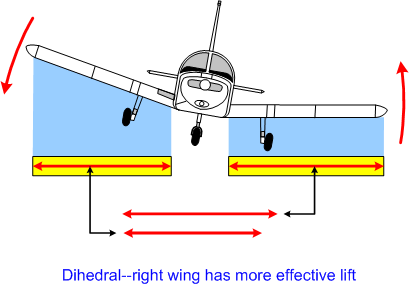GauzeGuy
Pre-takeoff checklist
So, I finish up my nav log this morning and start to track down my CFI to get signed off for my long XC to KLAA and KLHX. I double check the wx on the FBO computer (I had a briefing printed out from DUATS but its now a couple hours old). I discover an AIRMET TANGO (surface to well into the FL's) conveniently centralized over EXACTLY where I was going to fly, moreover a couple PIREPS from CRJ's came in with mod turbulence at 12000 and 16000.
I bailed on the flight because I figured if the regional jets are having a good time, I'd be having even more "fun." CFI concurred.
Just curious if there's a general rule out there, other than if the PIREP aircraft is heavier than you are, your life is going to suck worse in those conditions? Is an AIRMET TANGO an automatic reason to bail from a flight in a light aircraft, or what else should I be looking at?
I bailed on the flight because I figured if the regional jets are having a good time, I'd be having even more "fun." CFI concurred.
Just curious if there's a general rule out there, other than if the PIREP aircraft is heavier than you are, your life is going to suck worse in those conditions? Is an AIRMET TANGO an automatic reason to bail from a flight in a light aircraft, or what else should I be looking at?







